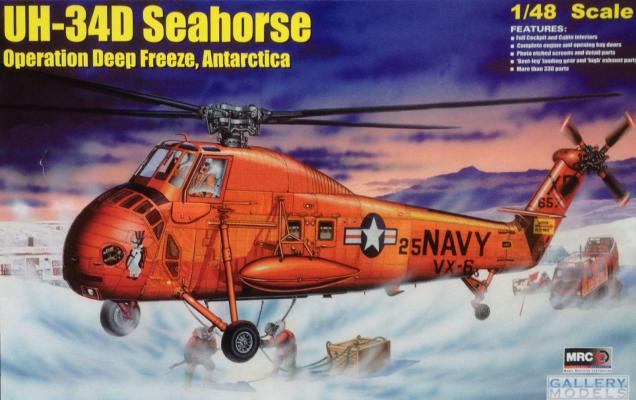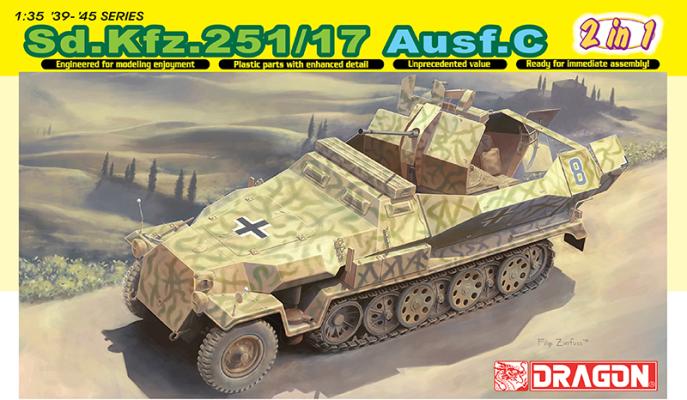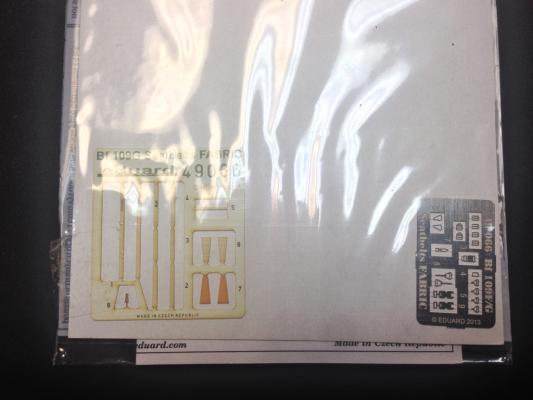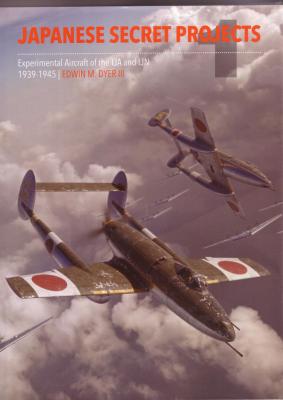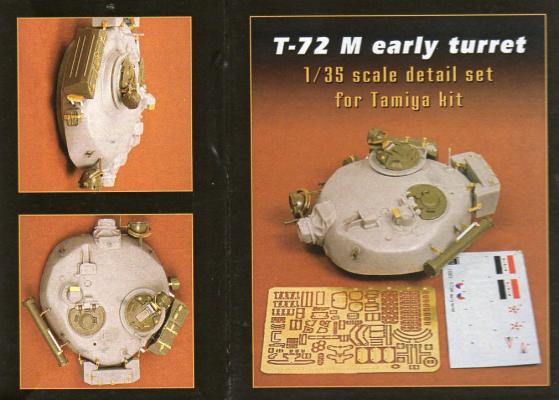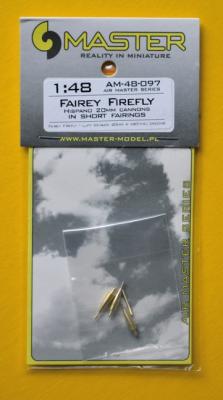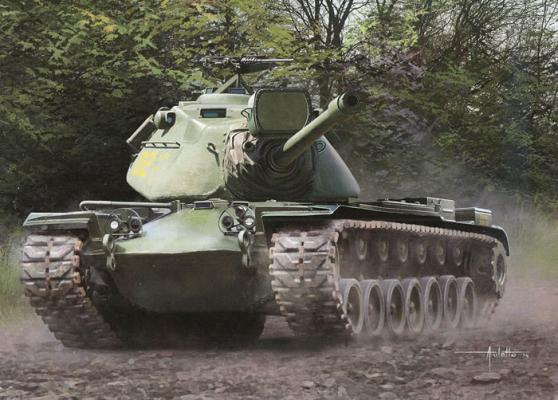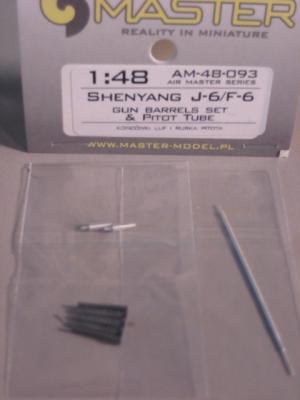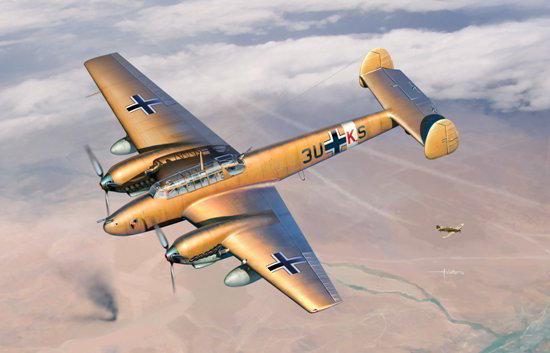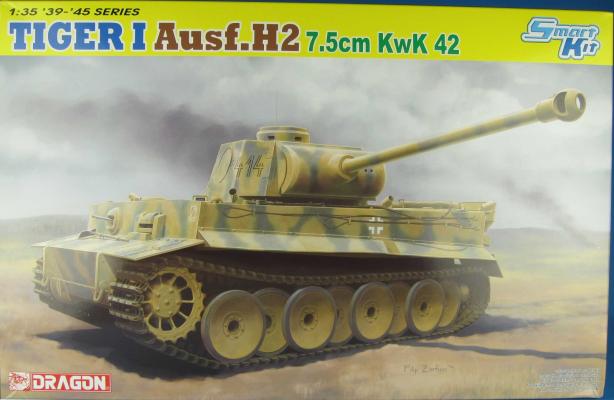Thank you to MRC and Gallery Models for providing another example of an iconic USN helicopter, this time in the distinctive Operation Deep Freeze color scheme. The kit was a very pleasant and enjoyable build. Thank you also to the IPMS Reviewer Corps staff members who do the hard work behind the scenes, getting us kits to review and publishing our work.
This kit is the latest in a series of H-34 variants by Gallery. Excellent reviews of the H-34 Choctaw (by William Nichols), the H-34 U. S. Navy Rescue version (by Rod Lees), and the HH-34J (by Dave Morrissette) may be found on the IPMS site. I suggest consulting these reviews as there are many great ideas and suggestions that are pertinent to the UH-34D reviewed here. All three of these reviewers found items I would’ve missed.

